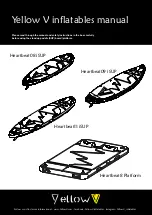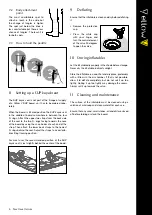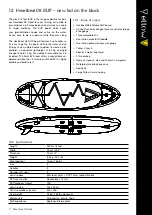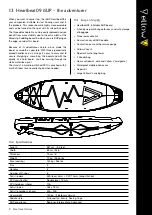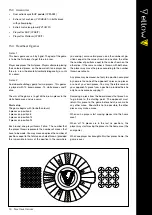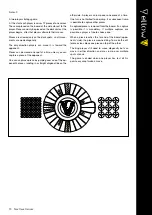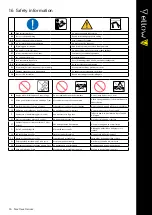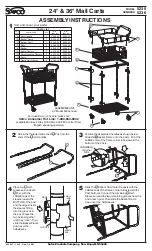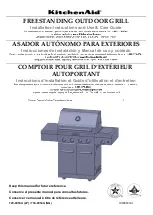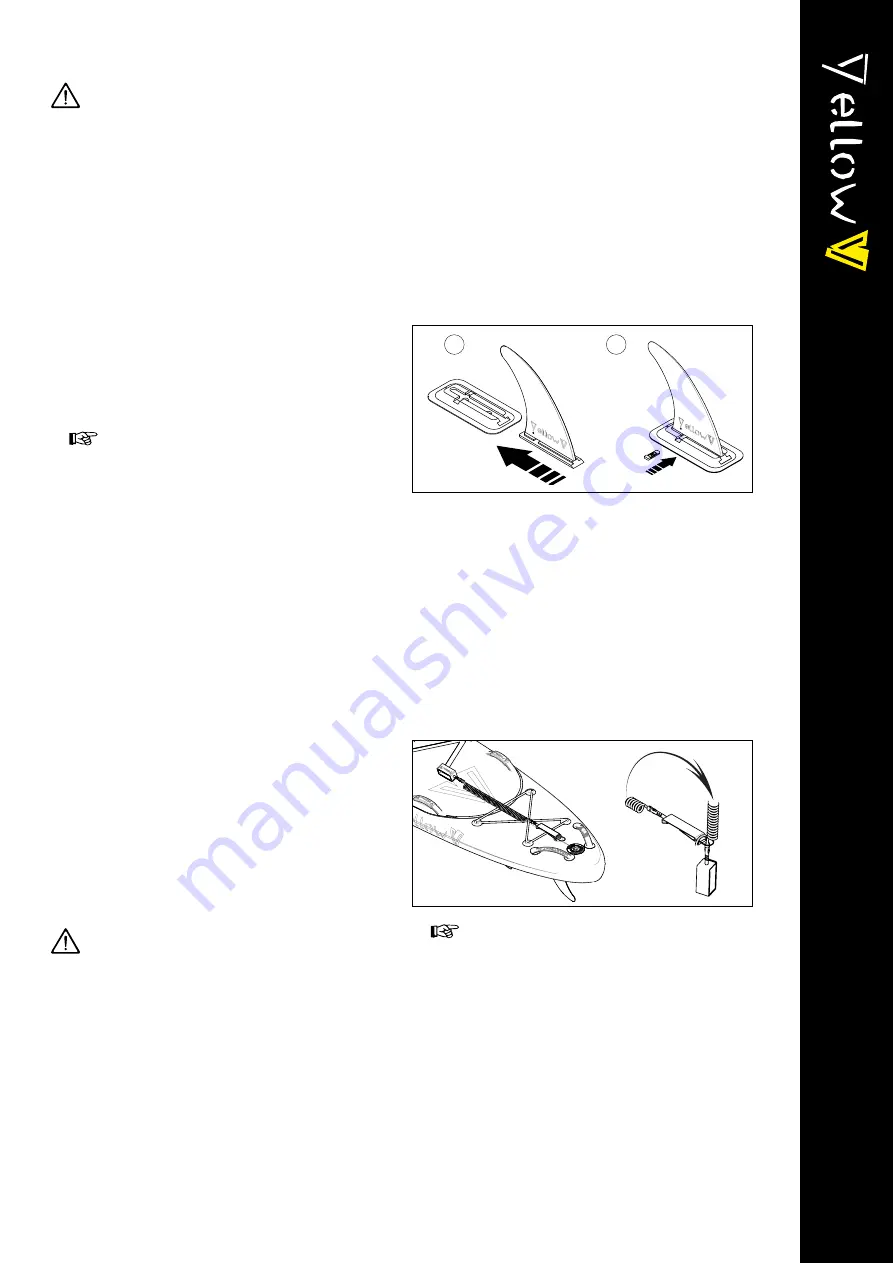
5
Next level leisure
When you start pumping, the pressure gauge will not
start moving immediately. Continue pumping until the
pressure gauge indicates the correct pressure.
6 Installing the fin (SUP board)
• Fully inflate the SUP board.
• Turn the SUP board over with the fin box for the fin
facing upwards.
• Push the fin all the way into the fin box (1)
• Push the pin through the side of the fin box and the fin.
You will hear a click. (2)
• Remove in the reverse order to the above.
3.2 Towing
W
arning
If the inflatable is being towed, this is only allowed
without persons on it and at a low speed.
The towing line must be attached to the ‘D’ rings:
• SUP board: 1 x on the underside at the front
• Platform: 4 x on top (at each corner)
4 Inflating
4.1 Preparation for inflating
• Ensure that the surface on which you inflate is flat
• Remove any sharp objects from the ground
• Unfold the inflatable and spread it out flat
n
ote
Check that the valve is in the highest position. If this is
not the case, press the white cap with your finger and
turn it 90 degrees so the valve is raised
• Attach the pump to the valve and start inflating
5 Pump operation
Double operation:
double pumping power with red cap
installed for faster inflating. When the red cap is removed,
it becomes a high-pressure pump to inflate the board to
the recommended pressure.
The outlet above the pressure gauge on the pump is
for inflating, the outlet under the pressure gauge on the
pump is to vacuum.
The pressure gauge needs a minimum counter pressure
of 0.5 bar. The needle will not move below that. If you
doubt whether the pressure gauge is working, remove
the hose from the pump, hold the palm of your hand
firmly against the outlet for inflating and pump once by
pressing the handle downwards. The pressure gauge will
move immediately.
W
arning
Do not use compressed air for inflating (such as a
tyre compressor).
Do not expose the inflatable to direct sunlight if it is not
in the water because the air expanding may result in
damage or explosions.
If the pressure is too high, it may lead to structural (irrep-
arable) damage.
Working pressure:
15 psi / 1,0 bar
Maximum pressure:
20 psi / 1,4 bar
Minimum pressure:
10 psi / 0,7 bar
1
2
7 Leash - How to properly attach
the leash to a board
Leashes provides safety, it prevents that the board gets
away from you when you fall of it.
7.1 Board attachment point
The leash must be attached to the D- ring which is at
the tail of the board. The leash has a ‘nylon’ string/ cord,
which goes under the D- ring and then looping it through
itself.
n
ote
Besides the D- ring at the tail there are several other D-
rings on the board, but these are for other purposes,
like storage of cargo or mounting a kayak seat. They
can’t be used for attaching a leash.

